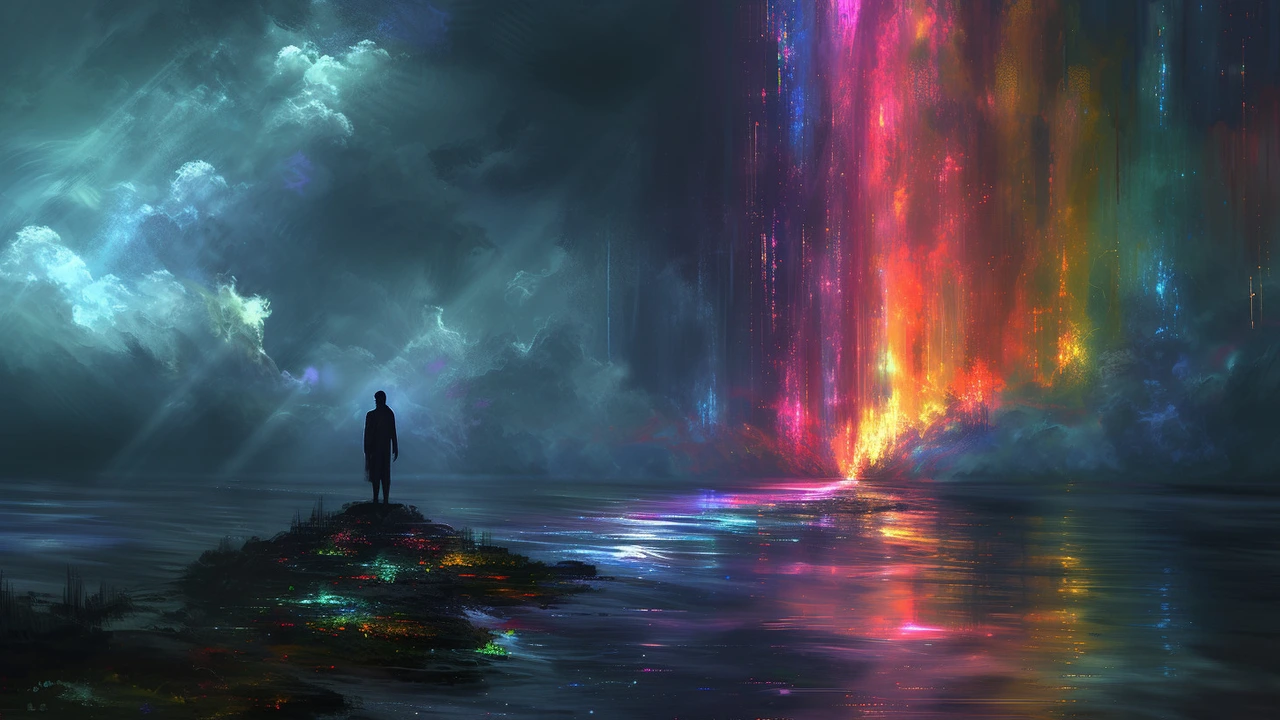Mystery in Art: How Hidden Stories Grab You
Some artworks keep secrets on purpose—symbols, odd details, or a mood that won’t let go. This tag gathers pieces that ask questions instead of answering them, from photorealism that sneaks in strange clues to Gothic scenes full of tension.
Why artists add mystery
Artists use mystery for many reasons. It pulls viewers closer, makes a piece stick in your head, or shields a risky idea behind metaphor. Look at Abstract Expressionism: loose marks can feel like a personal code. Check my article How Abstract Expressionism Shaped Modern Art to see how ambiguity became a tool for emotion.
Some artists hide historical or cultural signals. Baroque painters staged dramatic scenes to make viewers ask moral questions, not just admire skill—read Baroque Art: A Closer Look for examples. Others, like photorealists, slip in small oddities—a reflection that points to a different story. See Photorealism Art: Techniques for how detail can hide intent.
How to read a mysterious work
Start with the obvious: title, subject, and setting. Titles often nudge you toward a theme or mislead on purpose. Then look for contrasts: unusual light, scale that feels off, or objects that repeat. These are practical clues artists use to build mystery.
Notice what’s missing. Empty space or cropped figures can create questions faster than extra detail. For modern pieces, pay attention to materials and placement—installation art can use the gallery itself as part of the puzzle. My pieces on Installation Art: Evolution and Installation Art: Aesthetic and Symbolic Elements show how context becomes content.
Context matters. Learn a bit about the artist and era. A work from the Harlem Renaissance or Futurism carries different social messages; see posts like Harlem Renaissance or Futurism’s Impact to spot those layers. Museums add labels that often point to hidden meanings—read them carefully.
Don’t overread, though. Start with what you feel and then confirm with evidence in the work. Ask simple questions: Who is shown? What’s their gaze doing? Are there repeated symbols? These steps turn mystery from frustrating to fascinating.
Ready to explore? Browse articles on this tag for clear examples, practical tips, and short reads that help you see what others miss. Click any link, and let a single detail change the whole story.
Look for repeating motifs and signs that seem personal to the artist. A recurring bird, a particular shade of blue, or an odd reflection can be a signature or a private story. In photorealism the clue might be tiny—a shifted shadow or a stray object in a window. For narrative mystery, magical realism blends everyday details with the uncanny; see Magical Realism to feel how small surreal touches change meaning.
Want quick practice? Spend five minutes with one painting: note three odd things, research one name or symbol, and ask a friend what they see. Repeat with different styles—Baroque, Fluxus, or Bauhaus—and you’ll train a sharper eye fast. Start with our tag posts and open one link now. Please share what you find.

